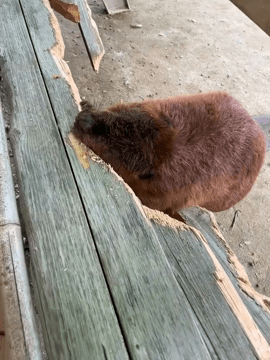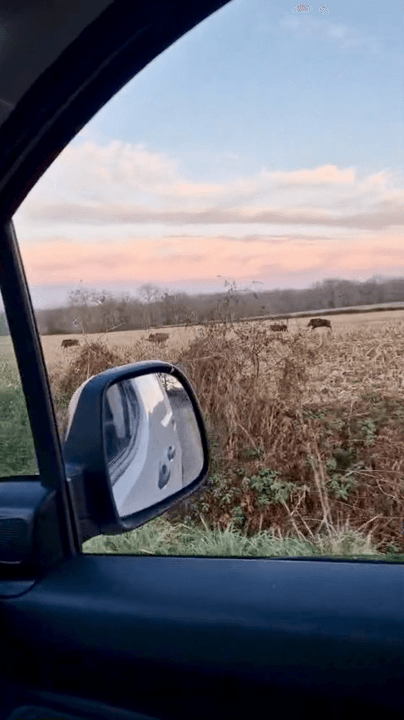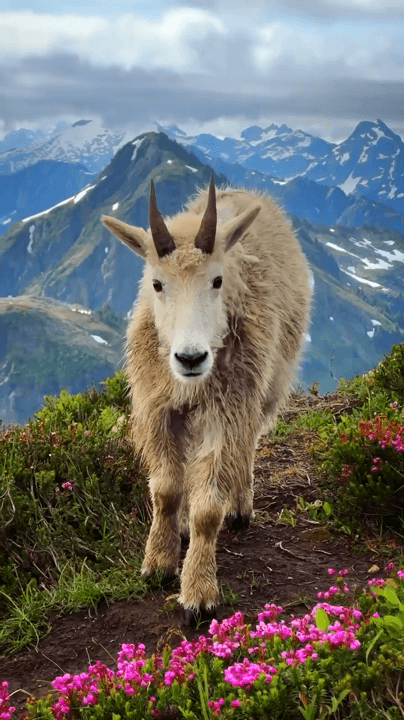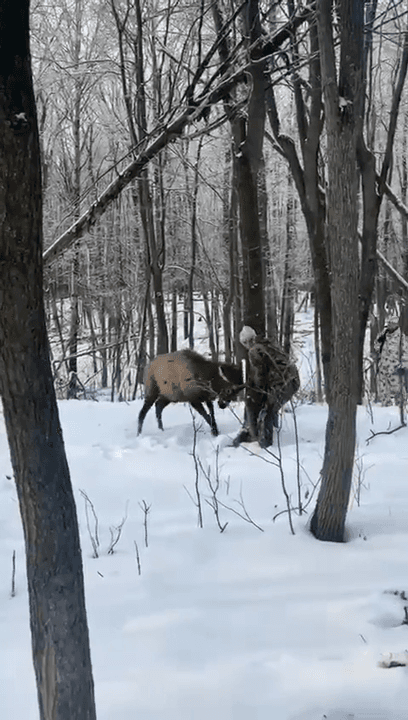
A Navajo Indian in a bear suit, 1914. Navajo Indians donned a bear suit during a ceremonial ritual, embodying the spirit of the revered animal. For the Navajo, the bear symbolizes strength, healing, and protection. By wearing the bear suit—crafted from fur, claws, and adorned with sacred symbols—the individual sought to channel the bear's powerful essence. This act was more than mere costume; it was a profound connection to their cultural heritage and spiritual beliefs. Through this ritual, the Navajo honored the natural world and invoked the bear’s strength for guidance and safeguarding their community. In an era marked by change, this tradition reinforced their identity and reverence for ancient customs. At the beginning of the 20th century, the Navajo Indians faced significant challenges and transformations. Living primarily in the Four Corners region of the southwestern United States, they were navigating the complexities of preserving their rich cultural heritage while adaptin
Post: 4 September 22:25















































